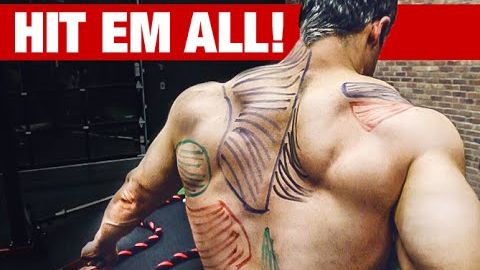
字幕と単語
今までで最高のバックワークアウト動画(全ての筋肉にヒット! (Best Back Workout Video Ever (HIT EVERY MUSCLE!!))
00
happinessfr が 2021 年 01 月 14 日 に投稿保存
動画の中の単語
bit
US /bɪt/
・
UK /bɪt/
- n.馬銜(はみ);少し : 部分;ビット;錐;小銭;ちょっとしたこと
- v.i.魚が餌に食らいつく
- adv.少し
- v.t.噛んだ
- idiom全く~ない;自分の役割を果たす
A1 初級
もっと見る straight
US /stret/
・
UK /streɪt/
- adj.異性愛者;異性愛の;正直で直接的;真っ直ぐな;きちんとした
- adv.率直に;まっすぐに;すぐに
- n.異性愛者
- v.t./i.まっすぐにする
A2 初級TOEIC
もっと見る break
US /brek/
・
UK /breɪk/
- v.t./i.(記録を)破る;ひびが入る;壊れる;仲たがいする;脱出する;動物を馴らす;粉砕する : 粉々にする;(法律 : 規則 : 約束を)破る;知らせる:公表する;(約束などを)破る;解決への鍵;壊れる;急に:突発する;声変わりする;(岸の岩礁などで波が)砕ける : 砕けて散る;(天候が)急変する;くじく
- n.休憩 : 休み;仲たがい;脱走;好機;解読:解決;(天候の)変わり目
A1 初級TOEIC
もっと見る エネルギーを使用
すべての単語を解除
発音・解説・フィルター機能を解除
